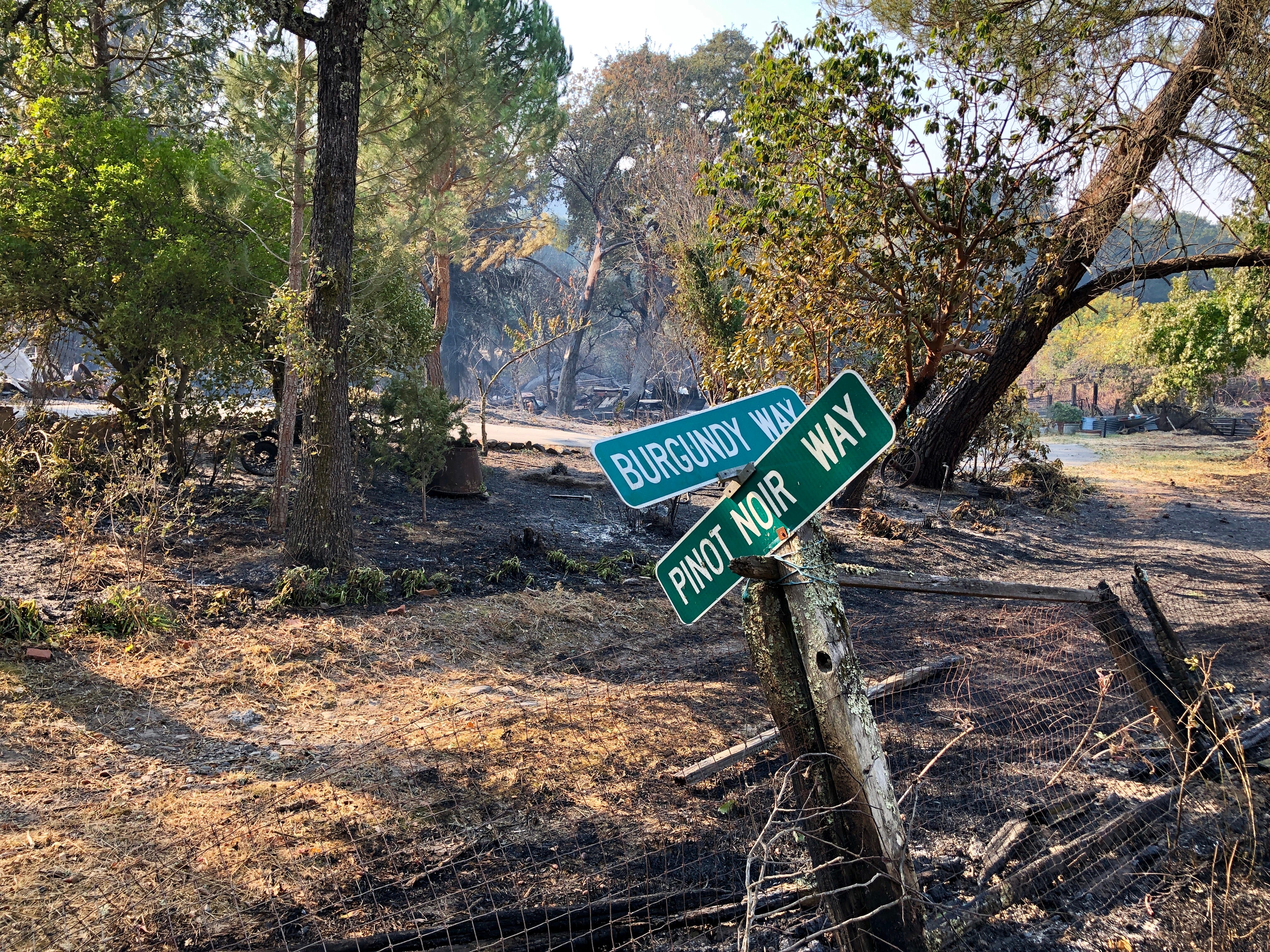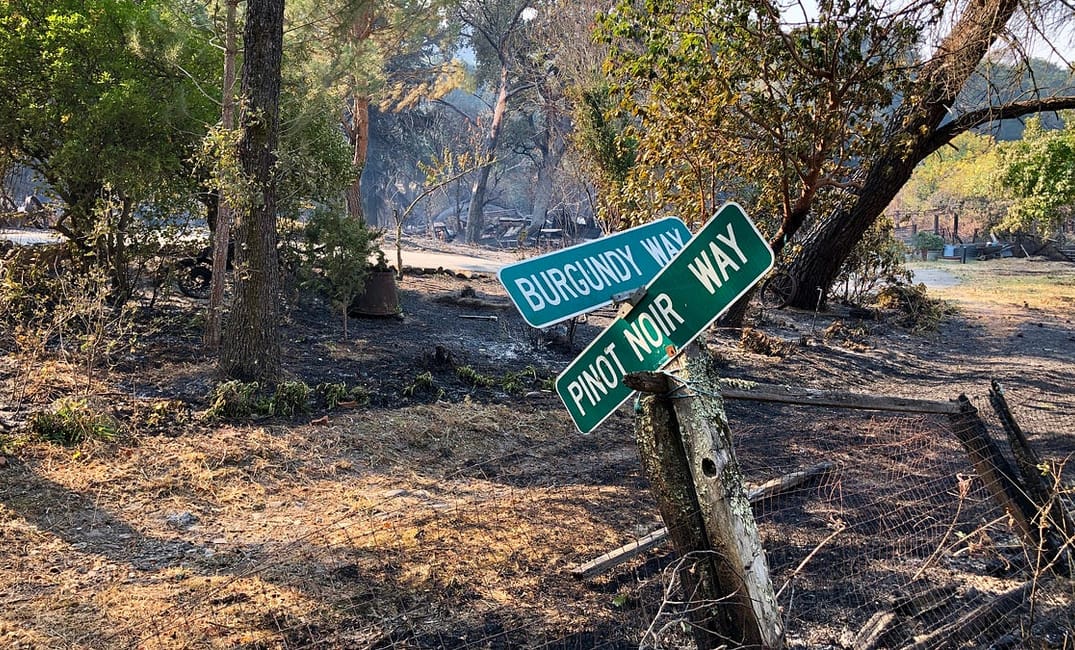
Janet Kelly’s elderly mother remains quite independent even in her eighties. But when her power went out during PG&E’s recent “public-safety power outages,” Kelly drove from her home in Sonoma County to stay with her mother in San Carlos to help her during the outage. Janet was shocked at how quickly her mother’s health derailed during the week she was without power.
“She is normally calm and logical, but she was screaming and crying,” said Kelly. “She doesn’t have dementia, so I have to assume it was a kind of PTSD. She was clinging to me, and I had to tear her off to go to a neighbor for help.”
Kelly struggled to keep her mother calm without heat, lights, or a stove. “Her home is fully electric, so everything was out. We had a camp stove, but that was all,” said Kelly.
While Kelly’s mother is recovering, her experience demonstrates the negative impact that a one-size-fits-all emergency response can have on our society’s most vulnerable. For most residents, power outages are frustrating and inconvenient, but for elderly, disabled, or very sick people, losing power could be devastating. People whose health is compromised are more likely to be impacted by losing amenities such as heat, and they may depend on electricity to power their medical devices.
“I was really feeling the stress of the evacuation. I found myself clinging to this railing, and I couldn’t move.”
During the recent October outages, 1.3 million people in the Bay Area were left without power during the two outages, which lasted over three weeks total. Cities tried to offer support to citizens with charging stations and shelters, but for people who are dependent on medical equipment, there was little cities could do. PG&E did not offer any assistance to disabled or medically dependent customers — yet another negligent business practice after sacrificing safety for profits before some of the wildfires of years past. Climate policy that doesn’t prioritize the most vulnerable tends to hurt marginalized communities first, and the outages were no exception.
“Many of my mother’s peers use CPAP machines,” Kelly explained. “They couldn’t plug those in, which could have been really dangerous. They could have died.” CPAP machines help regulate sleep apnea, which can cause choking episodes while a person is asleep.
For patients who depend on medical devices such as oxygen tanks for their home care, there is little recourse but a backup generator, which can be expensive (they range from hundreds of dollars to several thousand). Although PG&E was found to be not responsible, a man in Pollock Pines who was oxygen dependent died 12 minutes after his power was shut off. Hospitals, which rely on generators, saw increased admissions during the outages because people couldn’t use their equipment at home. Disabled and medically dependent people might need electricity to power wheelchairs, oxygen tanks, home elevators, home monitors, hospice beds, and more.
Some residents chose to leave their homes during the outages, but that was stressful as well. Pam Hirsch, a Sonoma County resident who has seizures, left her powerless home with her husband to stay with a cousin a couple of hours south in Marin. But Hirsch still felt the trauma in her body. While walking up the stairs to her cousin’s apartment, Hirsch began to seize. “I was really feeling the stress of the evacuation. I found myself clinging to this railing, and I couldn’t move. I could hear [my husband] telling me to let go of the railing so that he could help me, but I just couldn’t do it. My muscles wouldn’t move,” she said.
After the Kincade fire was contained, Hirsch and her husband returned home. Returning to her routine helped Hirsch recover, but days after the seizure, she still felt foggy and was struggling to recall information. Seizures can cause serious issues, such as a disruption in breathing. Seizures are exacerbated under stress, even for people like Hirsch, who are on medication to help control them. After a seizure, it can take days or weeks for a patient to recover.
“If nothing else, use solar as a backup when the power goes out. Even if you can’t use it for everything.”
As climate change increases, risk of wildfires will remain a problem in California. We need to develop solutions that protect communities from wildfire without endangering our most vulnerable with power outages.
Advocates are fighting for innovative power solutions that could update the power grid to be able to withstand wildfire risk — and possibly curb further climate change as well.
East Bay community activist Bill Burdick helped develop a micro solar grid for a homeless encampment and sees small-scale solar as a key solution for safe, sustainable community power. “If nothing else, use solar as a backup when the power goes out. Even if you can’t use it for everything,” he said.
Small-scale micro-grids could prevent the disruption that results from massive outages over large regional grids. “I can’t imagine having a household go out — freezers, refrigerators. It’s not so much the lights but everything else. It really makes you realize how dependent we have become on [PG&E],” said Burdick.
Another solution could be to move power lines underground. Burying power lines, even if only in areas of high wildfire risk, would significantly curb the need for outages. It’s an expensive solution — some estimates are in the range of $10 million a mile — but it would be effective. Underground lines, unlike above-ground lines, don’t sway in wind events, get hit by falling trees, or fall off poles, which is how many wildfires start.
“We have solutions. We need to use them, because the people who suffer the most in these outages are people who are already struggling. We need to take care of our community,” said Hirsch.
When in doubt, disabled or medically dependent folks should go to the emergency room if it isn’t safe for them to stay at home. Keep a go-bag by the door with medication and anything else you might need at the hospital during outages. Medically fragile people can also get some extra notice about outages from PG&E, which offers more time to prepare. Depending on what needs people have, they may be able to get reimbursed for a home generator through FEMA or the Red Cross. During power outages, vulnerable individuals can and should ask for support. Neighborhood associations or community resilience groups can offer information on people in the area who have generators or are available to help vulnerable residents, whether with transportation or grocery shopping, or simply by lending an ear.
As for PG&E, its future may soon change with a legislative move to make it a public entity, versus investor-owned, early next year. For Californians, statewide problems can take time to solve, but we can still help each other while we wait for bigger changes to happen.







